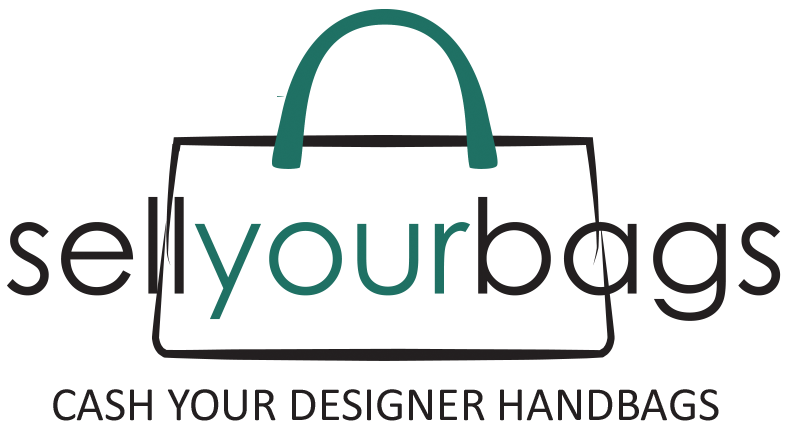How Condition Affects the Price of Your Pre-Owned Designer Bag

Buying and selling pre-owned designer bags has become a thriving market, especially with platforms like Vestiaire Collective, Fashionphile, and The RealReal gaining popularity. If you’re thinking about selling your luxury handbag or buying one secondhand, the condition of the bag is one of the most important factors that directly impacts its resale price.
In this guide, we’ll break down exactly how bag condition is assessed, what buyers look for, and how you can maintain your designer pieces for the best return on investment.
Why Condition Matters in the Pre-Owned Luxury Market
Unlike fast fashion, designer handbags are investments. Their value over time depends on brand reputation, rarity, and most importantly condition. A well-kept Louis Vuitton Neverfull can resell for 70–90% of its original retail price, while a heavily worn one might fetch only 30–40%.
Buyers are willing to pay a premium for bags that look close to new, even if they are pre-owned. Condition tells a story about how well the bag was cared for and whether it still holds its structural and aesthetic appeal.
Understanding the Standard Condition Ratings
Most resale platforms use grading systems to describe a bag’s condition. While wording can vary, here are the most common categories:
1. Brand New / Never Worn
-
No signs of use.
-
Tags, dust bag, and original packaging included.
-
Can resell for close to 100% of retail price, sometimes more if the style is sold out.
2. Excellent
-
Barely used, minimal signs of wear.
-
No scratches, stains, or structural damage.
-
Can fetch 80–90% of original retail.
3. Very Good
-
Light signs of wear, such as faint scratches or softened leather.
-
The interior and exterior are in great shape.
-
Usually resells for 60–75% of retail.
4. Good
-
Visible wear like corner rubbing, small marks, or hardware scratches.
-
Still functional and presentable.
-
Often sells for 40–60% of retail.
5. Fair / Well-Loved
-
Heavy signs of use, including stains, deep scratches, or sagging.
-
May require repair.
-
Resale value drops to 20–40% of retail.
Factors That Affect Bag Condition—and Price
Several elements determine how a bag’s condition is evaluated. Understanding them helps sellers set realistic expectations and buyers make informed decisions.
1. Leather Quality and Aging
Luxury brands use high-quality leathers, but some are more prone to scratches or watermarks.
-
Smooth calfskin (like Chanel’s lambskin) shows wear faster.
-
Grained leather (like Louis Vuitton’s Epi) is more durable and holds value longer.
2. Hardware Condition
Scratches, tarnishing, or discoloration on zippers, clasps, and logo plates can reduce value, especially for highly recognizable designer logos.
3. Interior Condition
Buyers look for clean interiors. Ink stains, makeup spills, or odors can significantly lower resale price.
4. Structural Integrity
A bag that has lost its shape or has sagging corners is less appealing than one with firm, well-defined structure.
5. Original Accessories
Dust bags, authenticity cards, receipts, and original boxes can increase the resale price by 10–20%, even if the bag has light wear.
How Condition Impacts Different Luxury Brands
Some brands retain their value better than others, even in “good” condition.
-
Hermès: Even well-worn Birkin and Kelly bags hold exceptional value due to rarity.
-
Chanel: Quilted classics in caviar leather maintain strong resale value; lambskin shows wear faster, affecting price.
-
Louis Vuitton: Monogram canvas is highly durable and keeps value well, but vachetta leather darkens over time.
-
Gucci: Prices drop more noticeably with visible wear unless it’s a limited-edition piece.
Tips to Maintain Bag Condition for Higher Resale Value
If you’re buying a designer bag with the intention of reselling it later, proper care is essential.
1. Store Properly
-
Keep bags in dust bags when not in use.
-
Use bag shapers or tissue to maintain structure.
-
Avoid hanging bags for long periods, which can stretch straps.
2. Avoid Overstuffing
Too much weight or bulk can cause stretching, misshaping, and hardware stress.
3. Clean Regularly
-
Use a soft, damp cloth for leather.
-
Avoid harsh cleaners.
-
Condition leather periodically with a high-quality leather conditioner.
4. Be Mindful of Weather
Rain, humidity, and direct sunlight can damage leather and hardware.
5. Protect the Interior
Use bag organizers to prevent makeup, pen, or perfume spills.
Should You Restore a Bag Before Selling?
Professional cleaning or restoration can sometimes increase resale value, but only if done by an experienced luxury bag restorer.
-
Worth it if: The bag is rare, high-value, and damage is minor.
-
Not worth it if: Repairs cost more than the expected resale price increase.
Buying Pre-Owned? How to Judge Condition for Yourself
If you’re the buyer, here’s how to make sure you’re getting what you pay for:
-
Request Detailed Photos: Ask for close-ups of corners, hardware, and the interior.
-
Check Lighting: Photos taken in poor light can hide flaws.
-
Ask About Smells: Smoke, mold, or perfume odors are hard to remove.
-
Verify Authenticity: Always buy from a reputable source or use an authentication service.
Final Thoughts: Condition is Key to Bag Value
Whether you’re selling your first designer bag or building a pre-owned collection, condition is one of the biggest factors in determining price. Well-maintained bags can retain and sometimes even increase their value, while heavily worn ones may lose most of it.
By storing, cleaning, and caring for your designer bags properly, you can enjoy them for years while preserving their investment potential.
- Art
- Causes
- Crafts
- Dance
- Drinks
- Film
- Fitness
- Food
- Games
- Gardening
- Health
- Home
- Literature
- Music
- Networking
- Other
- Party
- Religion
- Shopping
- Sports
- Theater
- Wellness


